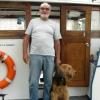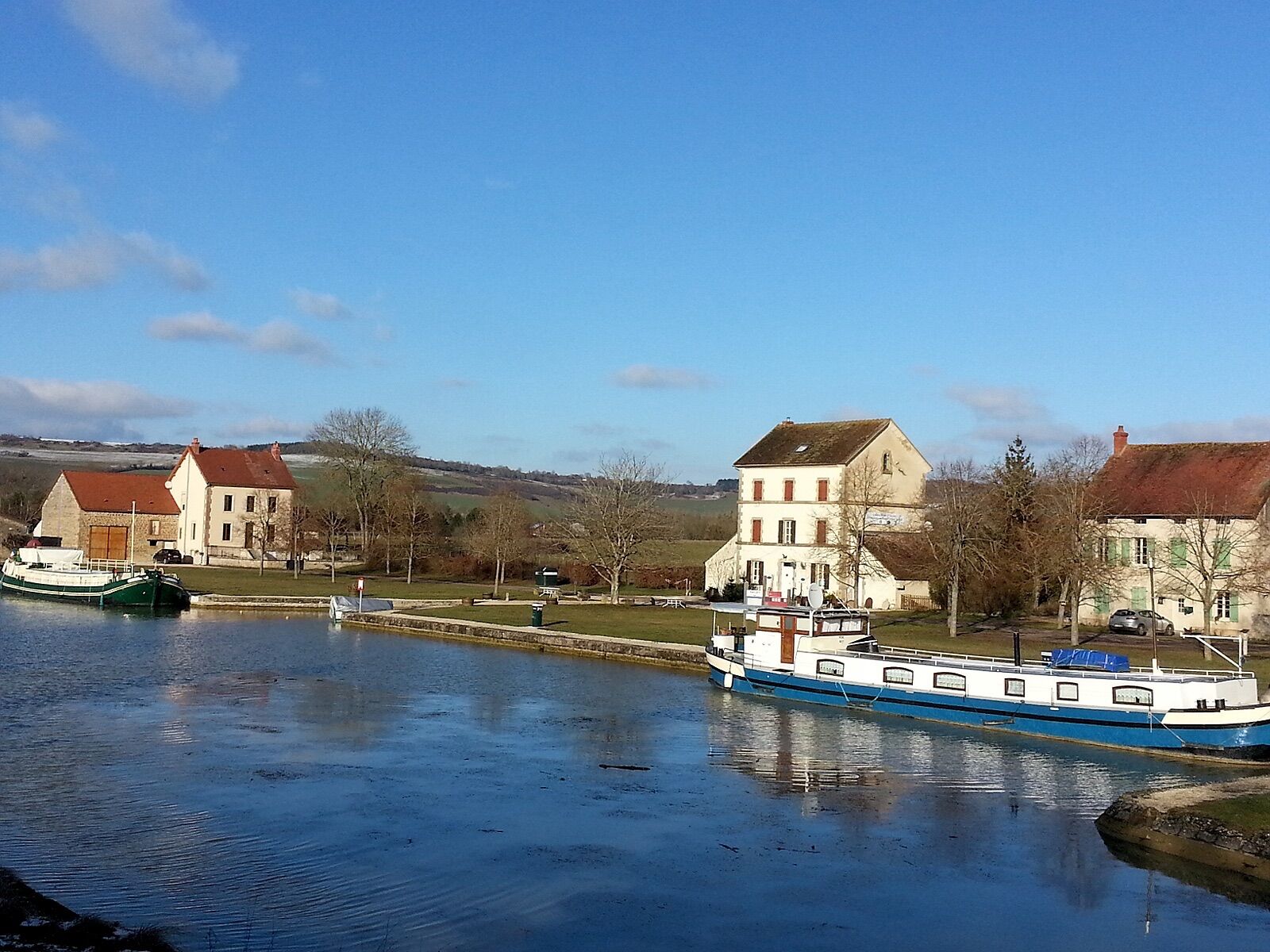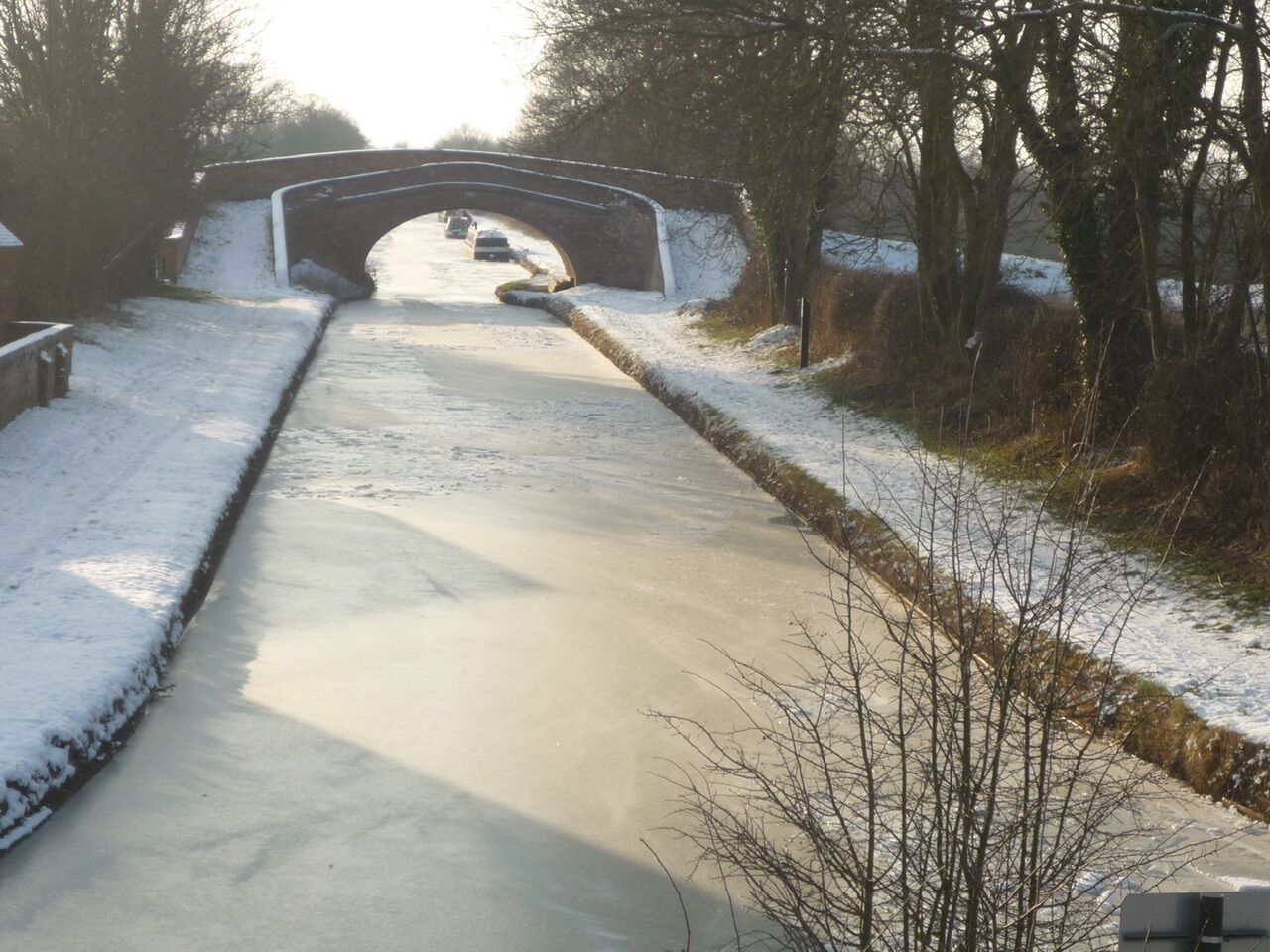-
Posts
1,466 -
Joined
-
Last visited
Content Type
Profiles
Forums
Events
Gallery
Blogs
Store
Everything posted by Dav and Pen
-
-
You are not restricted to the horrible wide beam stretched narrow boats if you are on the Ouse, you could have a nice Dutch Tjalk or small luxe motor.
-
This post cannot be displayed because it is in a forum which requires at least 10 posts to view.
-
Never seen any of them prefer to do it for myself but I do like the Vietnamese ones of the overloaded boats.
-

Needing info on having a boat moved by road...
Dav and Pen replied to Journeyman36's topic in Boat Equipment
I assume you got as for as the Napton flight ok so the boat can’t be to badly out of line and if the work was done in the North somehow it got to Banbury. There was a lock in the Napton flight that had a slight bulge at the bottom and our boat Tadworth used to go through loaded ok as did the Jaguar but Trevor’s Corona always had a problem although his boat looked perfectly straight. If the OP got stuck going down and he knows where the wider place is ie how far he got in before getting stuck it might be easier to get Tooleys to cut the overhang off than go to the expense off road transport that I guess would be at least £2500. -

Getting off a lee bank, against the wind
Dav and Pen replied to max campbell's topic in General Boating
With a clothed up camping boat I got pinned against the side above Shardlow and as the OP is finding out I couldn’t get the bows off far enough before getting back to steer away. The solution was to get the passengers (scouts)to push the boat shaft on the bow stud and walk along until we came to a bridge. The reversing with a stern spring was the favoured method of getting the bow of the Dutch barge out of tight moorings and as we used a loop over the bollard it was easy to flick the rope off, if it was a shallow side we drove the bows against a forward spring until the stern was out in the stream clear of any other boats . -

Protecting the bilges and what can I do to the hull??
Dav and Pen replied to LeonR's topic in Boat Building & Maintenance
The inside of the hull and bottom of my Dutch barge-was covered with what the Dutch called Bilge grease a black grease which they applied when it was converted to a pleasure boat, it was certainly still there when we did some alterations. -
-
Some really big lumps of wood. I see they are using jacks to get them over the upstand of the boat, very clever. These old photos just show how many people were involved and how before plastic safety hats they all wore hats anyway and white shirts. Marlow one of my favorite place on the river.
-
I was going on what we found out when the bottom of Tadworth was replaced in 1977 after 40 years, whatever the 1/16 of an inch would make I don’t know but what was certain was that the steel used was of a much better quality than what replaced it. 40 years later the boat has had its bottom replaced twice by 6mm steel. Out of interest the Dutch Barge I brought in 2001 was built in 1919 and although there were some patches on it the surveyor found quite a lot of the hull was around 4.7 to 5 mm. I asked him what it would have been originally and he said 5.5 which seemed rather thin to me but the frames were only 450mm apart so plenty of strength. He said the steel was made before 1920 after which steel was made with much more scrap from the First World War and was of much poorer quality.
-
I believe that originally The Northwich and Woolwich boats had 3/8th inch ship grade steel bottoms.
-

Boat stuck in Glory Hole - man found on ledge!
Dav and Pen replied to RAB's topic in General Boating
Think his engine was running in gear. -
Couldn’t beat an Air cooled engine in its own engine room for hanging wet clothes , just think that in old times we managed with 12 volt electricity, and gas for cooking and heating water as well as coal for the range or stove. Got first small inverter to charge battery tools and run a video recorder when we went to Ireland, brought in Athy, as the TV frequency was different. On our barge we had a 12 kw 380 volt generator, 3kw inverter, washing machine, tumble dryer, electric kettle and coffee machine, 240 volt fridge sat Tv and a great pressurised water system and diesel stove. The barge was 14 ft wide but a lot more than double the space on the NB.
-
We seem to be the odd ones out. With our commercial NB we only had the back cabin most of the time or occasionally with the hold set up as a camping boat between bookings in the summer so we could take friends and the daughters friends on a trip then. After we sold the boats we decided to have a smaller boat so that we could go up North and WFBC has a Joey hull cut down to 50 ft which we decided to have converted. We wanted a traditional back end and an engine room and finished up with from stern boatman’s cabin but only a single pull down bed and with epping range to keep steerer (and cabin) warm when winter boating, engine room with fuel tanks under engine room floor .Through the door from engine room fixed double small hanging cupboard shower and toilet kitchen with full size gas cooker, hanging table leaf , 2 easy chairs. Beyond front door’s a covered cratch area with seats either side and storage under. The layout worked well and although we didn’t live on it full time we did spend 2 long summers on it in Ireland. This boat is now with a very happy owner.
-

Boat stuck in Glory Hole - man found on ledge!
Dav and Pen replied to RAB's topic in General Boating
The report I read said he got off the boat to push it as it didn’t have enough power to get through the bridge and the boat then went over to the other side and jammed. He has also had to be rescued on the Trent once before. Why didn’t he let the current push him out when he realised he wasn’t going to make it and instead of getting off use a boat pole. -
In the first image it’s hard to see what is on the wharf but whatever it is is neatly stacked so not coal or coke and it looks like there is a wall behind and in front of the gasworks. The 2nd image appears to have an S type Bedford tipper which has NCB logo on the doors so maybe it was a loading place as plenty of colleries in the area then
-
Lots of people’s first boat were converted lifeboats but not this kind but wooden open boats. A Mr Jackson from Whittlesea had a yard full of them in the late 50s early 60s and they finished up on the Nene and the Ouse in fair numbers and some went further afield. The conversion were of various quality but they gave a lot of pleasure to a lot of people. As said the steel lifeboats that followed didn’t survive well as they were pretty thin and very light and on the ships I served on only 1 in 4 had an engine the theory being the engined one would start and pull the others clear of the ship. Luckily never had to find out. These orange free fall lifeboats are another matter and I think it’s either a brave or desperate person who would try and live and cruise on one but if you are set on one do as others have said buy one with an engine.
-
Canal was bit deeper then sparrows off the gunwhales. Great photo
-
Never needed to book when we first went there 1978. We even left the boat there for a few days and went to see Penny’s father on Anglesey. Think they thought we were part of the wrecked boat collection
-

Which engine would you choose?
Dav and Pen replied to seegull's topic in Boat Building & Maintenance
You will need to have a registration and have it visible on the boat, the Belgian and French use it a lot, we even had a police rib turn round after passing us as he couldn’t see the numbers he shouted “immartricultion “at me and I pointed to the stern he looked waved and sped off. I’m sure you need a license in France for any size pleasure boat and the ICC is accepted. You can do this in a lot of places in UK . The UK SSR is accepted and this very easy to obtain as long as you have a UK address. -

Which engine would you choose?
Dav and Pen replied to seegull's topic in Boat Building & Maintenance
The Daf 575 must be the most common engine in pleasure boats on the continent especially the age of boat you are looking at and if it looks nice and clean and the engine bay is tidy and clean it’s probably been well looked after. If you are having a survey Dutch surveyors are all officially registered and very professional and you can ask for an engine oil sample to be tested. I would keep it on the Dutch registry if you still can and you will need to have at least the ICC before you can use it.












